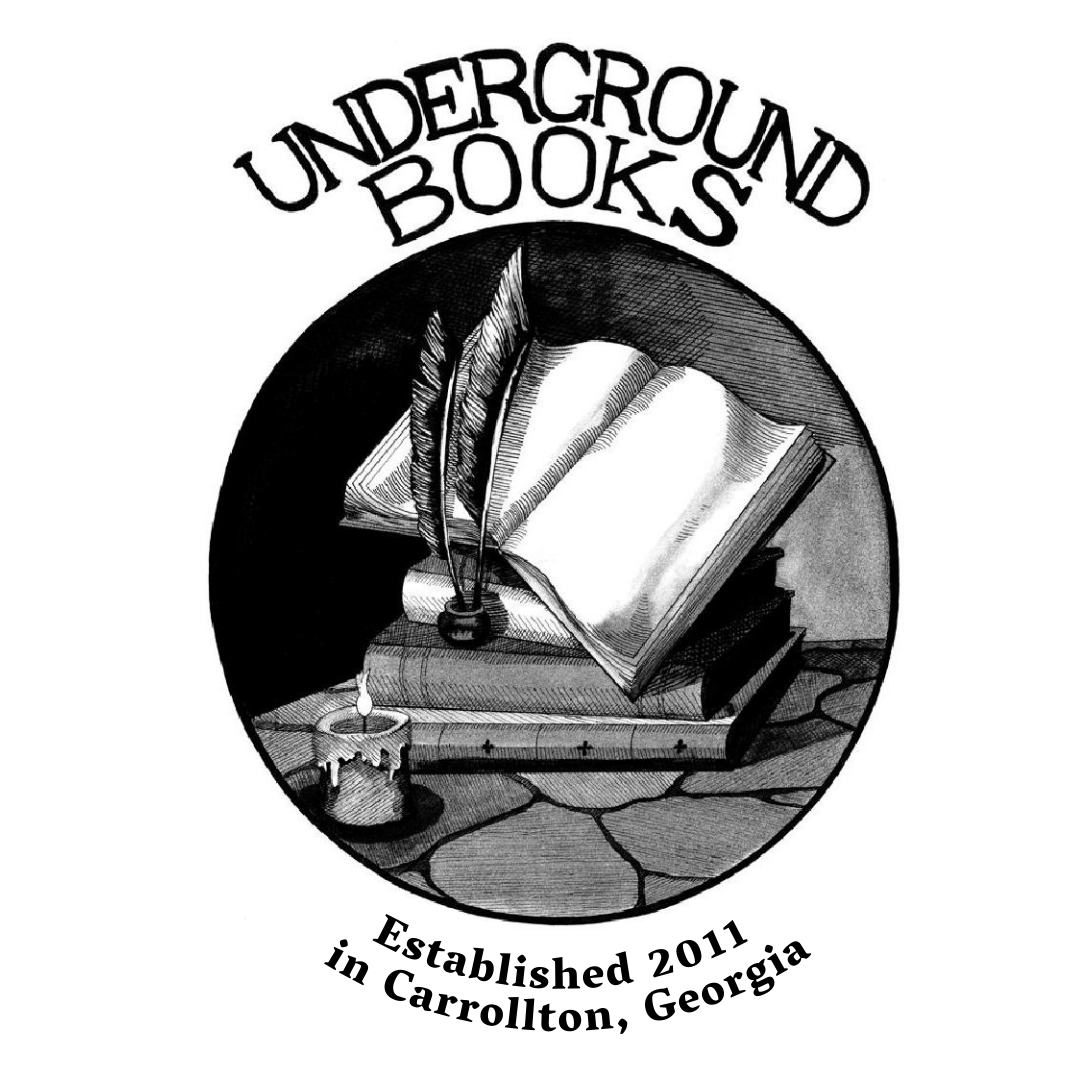Hardcover
2004 · Princeton
by Jungmann, Burglind
Princeton: Princeton University Press, 2004. Hardcover. Very Good/Very Good. Hardcover. 10 1/2" X 8 1/4". 272pp. Very mild shelf wear to covers, corners, and edges of unclipped dust jacket. Bound in white paper over boards with spine backed in maroon cloth and lettered in gilt. Pages are clean and unmarked. Binding is sound.
ABOUT THIS BOOK:
It is well known that Japanese literati painting of the eighteenth century was inspired by Chinese styles that found their way to Japan through trade relations. However, because Japanese and American art historians have focused on Japanese-Chinese ties, the fact that Japan also maintained important diplomatic--and aesthetic--relations with Korea during the same period has long been neglected. This richly illustrated, cogently argued book examines the role of Korean embassies in shaping the new Japanese literati style, known as Nanga in Japan.
Burglind Jungmann describes the eighteenth-century Korean-Japanese diplomatic exchange and the circumstances under which Korean and Japanese painters met. Since diplomatic relations were conducted on both sides by scholars with a classical Chinese education, Korean envoys and their Japanese hosts shared a deep interest in Chinese philosophy, literature, calligraphy, and painting. Texts, such as Ike Taiga's letter to Kim Yusöng and Gion Nankai's poem for Yi Hyön, and accounts by Korean and Japanese diplomats, give a vivid picture of the interaction between Korean and Japanese painters and envoys. Further, the paintings done by Korean painters during their sojourns in Japan attest to the transmission of a distinctly Korean literati style, called Namjonghwa. By comparing Korean, Japanese, and Chinese paintings, the author shows how the Korean interpretation of Chinese styles influenced Japanese literati painters and helped inspire the creation of their new style.(Publisher). (Inventory #: 16151)
ABOUT THIS BOOK:
It is well known that Japanese literati painting of the eighteenth century was inspired by Chinese styles that found their way to Japan through trade relations. However, because Japanese and American art historians have focused on Japanese-Chinese ties, the fact that Japan also maintained important diplomatic--and aesthetic--relations with Korea during the same period has long been neglected. This richly illustrated, cogently argued book examines the role of Korean embassies in shaping the new Japanese literati style, known as Nanga in Japan.
Burglind Jungmann describes the eighteenth-century Korean-Japanese diplomatic exchange and the circumstances under which Korean and Japanese painters met. Since diplomatic relations were conducted on both sides by scholars with a classical Chinese education, Korean envoys and their Japanese hosts shared a deep interest in Chinese philosophy, literature, calligraphy, and painting. Texts, such as Ike Taiga's letter to Kim Yusöng and Gion Nankai's poem for Yi Hyön, and accounts by Korean and Japanese diplomats, give a vivid picture of the interaction between Korean and Japanese painters and envoys. Further, the paintings done by Korean painters during their sojourns in Japan attest to the transmission of a distinctly Korean literati style, called Namjonghwa. By comparing Korean, Japanese, and Chinese paintings, the author shows how the Korean interpretation of Chinese styles influenced Japanese literati painters and helped inspire the creation of their new style.(Publisher). (Inventory #: 16151)



